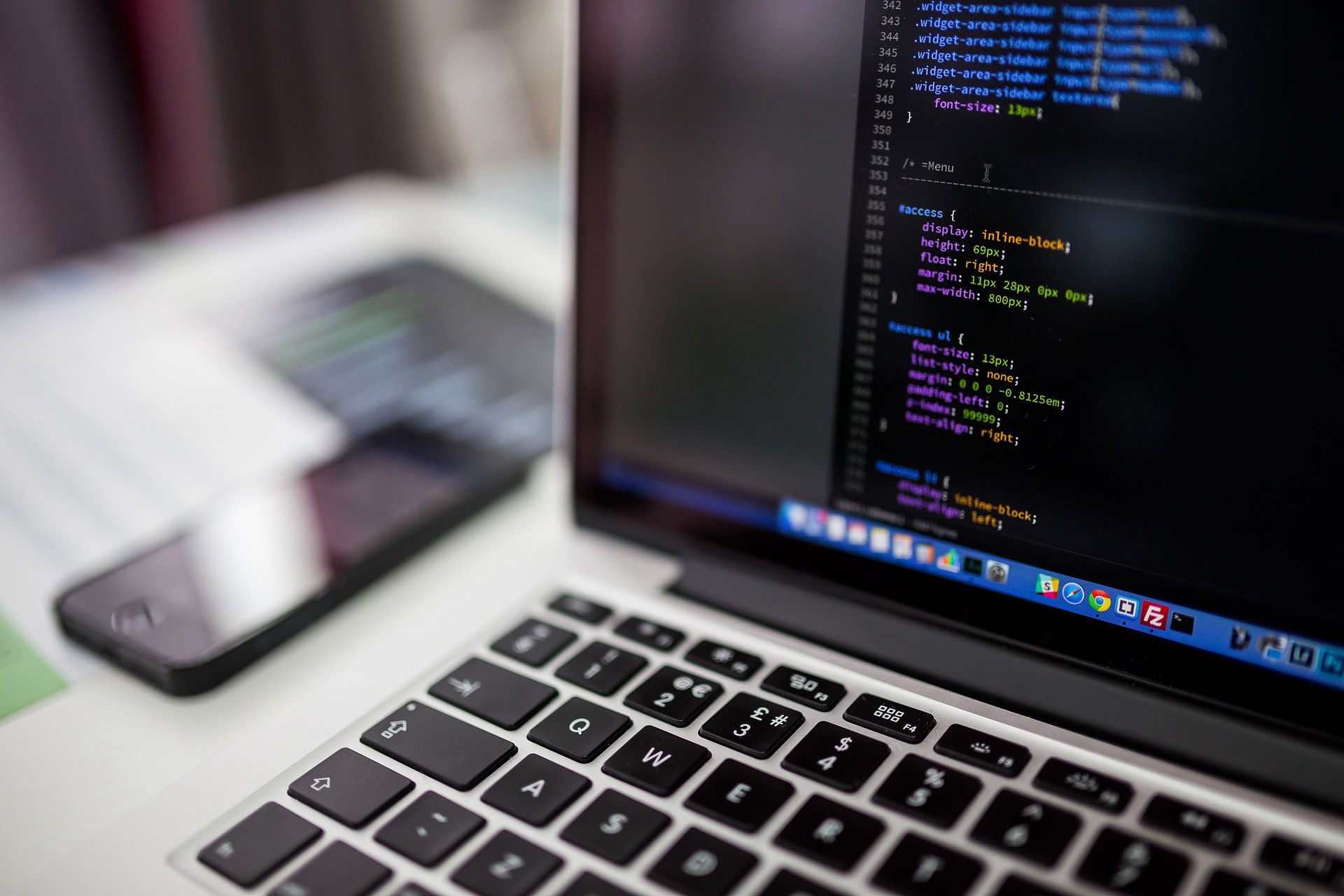
Now that you’ve built a basic Instagram bot, it’s time to explore more advanced automation projects. In this section, we’ll cover data scraping with Python, automated reporting, and how to build a content scheduler to post images automatically.
These projects will take your automation skills to the next level and give you deeper insights into Instagram data.
Scraping data from Instagram profiles allows you to collect valuable insights, such as follower counts, post engagements, and user bios, which can be used for analysis or building marketing strategies. This is often done using a tool like Selenium, which automates browser tasks to extract information from web pages.
Selenium allows you to simulate user actions like visiting a profile page and extracting the data you need. For example, you can collect information about a user’s follower count, bio, or posts.
First, install Selenium and the Chrome WebDriver:
pip install seleniumDownload the Chrome WebDriver that matches your Chrome browser version. Place it in your project folder or specify its path in the script.
The following Python script opens a browser, navigates to an Instagram user’s profile, and extracts basic profile data (such as bio, number of followers, etc.):
from selenium import webdriver
from selenium.webdriver.common.by import By
# Set up Chrome WebDriver
driver = webdriver.Chrome(executable_path='/path/to/chromedriver')
# Go to Instagram user profile
driver.get("https://www.instagram.com/example_user/")
# Wait for the page to load
driver.implicitly_wait(5)
# Extract the profile bio
bio = driver.find_element(By.XPATH, '//div[@class="_aa_c"]//span').text
print(f"User Bio: ")
# Close the browser
driver.quit()

Automated reporting can help track your Instagram account’s performance over time, providing insights into follower growth, engagement rates, and post interactions. By using libraries like pandas and matplotlib, you can compile reports that visualize your account's metrics.
You’ll need pandas for data handling and matplotlib for plotting charts:
pip install pandas matplotlibThis script generates a line graph showing the growth of likes over the past week:
import pandas as pd
import matplotlib.pyplot as plt
# Sample data
dates = ['2024-10-01', '2024-10-02', '2024-10-03', '2024-10-04']
likes = [120, 135, 150, 170]
# Create a DataFrame
data = pd.DataFrame()
# Plot the data
plt.plot(data['Date'], data['Likes'])
plt.xlabel('Date')
plt.ylabel('Likes')
plt.title('Weekly Like Growth')
plt.show()
You can expand this example to include more metrics like comments, shares, and follower count.

One of the most powerful features of Instagram automation is the ability to automatically schedule and post content. By using Python scripts and tools like Selenium, you can automate the process of posting images or stories at scheduled times.
Selenium can be used to automate posting tasks, but keep in mind that automating login and posting is more complex due to Instagram's security measures.
Use Selenium to log into your Instagram account:
driver.get("https://www.instagram.com/accounts/login/")Automate filling out the image upload form and submitting a post at a specific time. You can use the schedule library to ensure your script runs at certain times.
This example uses Selenium and the schedule library to post images at a set time:
import schedule
import time
from selenium import webdriver
def post_image():
driver = webdriver.Chrome()
driver.get("https://www.instagram.com/accounts/login/")
# Additional login and post code goes here
driver.quit()
# Schedule the post for 10:00 AM daily
schedule.every().day.at("10:00").do(post_image)
while True:
schedule.run_pending()
time.sleep(1)

By implementing advanced Instagram automation techniques such as data scraping, generating weekly reports, and scheduling posts, you can deepen your engagement with your audience and gather valuable insights.
These tools are not only useful for personal accounts but can also scale up for managing multiple accounts or clients in a professional setting. Make sure to follow best practices to avoid violating Instagram’s terms of service, and use these techniques responsibly.